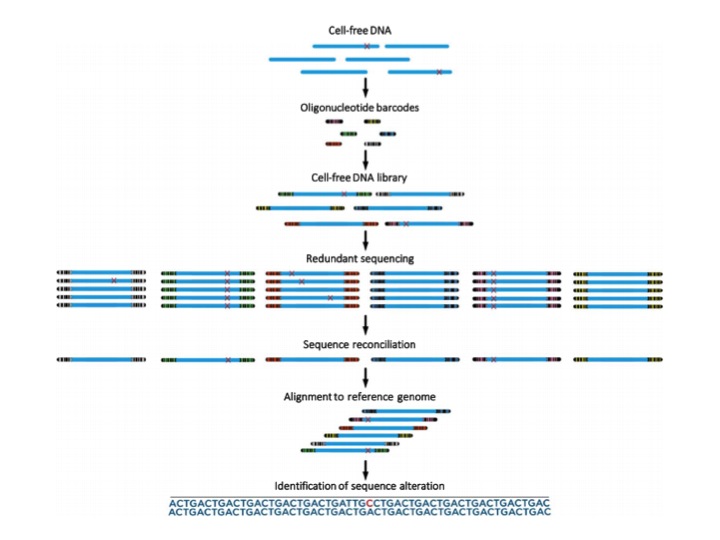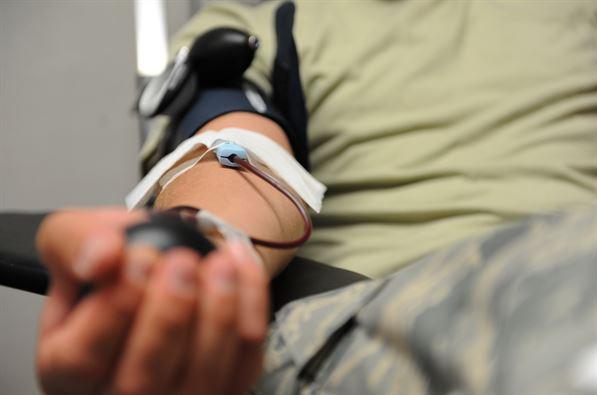Imagine a world where it is as easy to check for cancer as it is high cholesterol. New research out of Johns Hopkins University School of Medicine may lead to just that. The work is published in the August 16th issue of Science Translational Medicine.
There is normally some DNA floating around in our blood. It's referred to as cell free DNA (cfDNA). People with cancer not only have more of this cfDNA, but, some of it is specifically from the tumor. This DNA is called circulating tumor DNA (ctDNA). The ctDNA has a different DNA sequence than that of DNA not from the tumor.
ctDNA has been detected in people with cancer in the past, however, only when it is in large amounts in someone with late-stage cancer. Also, when a tumor is already present, samples can be removed and the DNA can be sequenced from it, giving researchers an idea of what to look for in the ctDNA.
The team from Johns Hopkins developed a new approach to detect the ctDNA from healthy people - when it is in very low amounts - presumably at the earliest stages of cancer in the body. In order to detect the changes in the sequences, they developed a new method called targeted error correction sequencing (TEC-Seq).
TEC-Seq allowed the researchers to identify changes in the DNA that were associated with cancer. First, as seen in the figure below, they isolated the cfDNA from the blood and tagged each piece with its own individual tag (called a barcode.) These pieces were then sequenced and compared to the reference genome sequence. Changes were marked as a change that could result in cancer.

It was tested in people who were in an early stage of four different types of cancer: colorectal, breast, lung and ovarian. Using this approach, they examined 58 cancer-related genes. Out of the patients studied that were in the earliest stage of cancer (stage I), the ctDNA was detected in 50% with colorectal, 67% with breast, 45% with lung, and 67% with ovarian cancer. An even higher percentage of people were able to be detected from the pool of people with more advanced cancer.
Early detection of cancer is so important for effective treatment and positive outcomes. Although it is not known how easily this type of blood test could become a realistic screening tool for cancer, the decreasing cost of sequencing will help. In 2017, projections estimate 1,688,780 new cases of cancer and 600,920 deaths in the US. With those kinds of numbers, we need all of the help we can get with easier and earlier detection.
Reference:
Phallen J et al. Direct detection of early-stage cancers using circulating tumor DNA. Science Translational Medicine. 16 Aug 2017: Vol. 9, Issue 403 DOI: 10.1126/scitranslmed.aan2415




